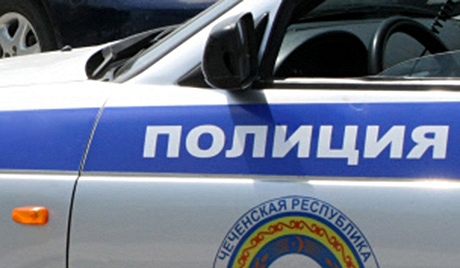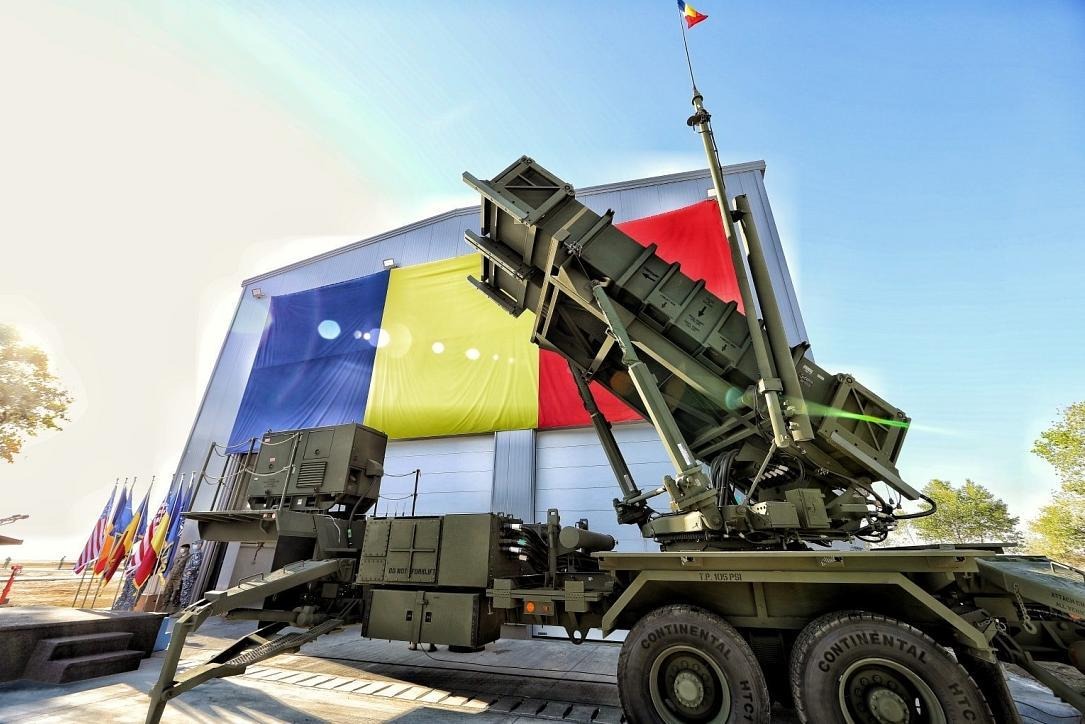
Large-Scale Clash with Insurgents Reported in Chechnya in Bamut
Large-Scale Clash with Insurgents Reported in Chechnya in Bamut
Even though over the past several years militants in the North Caucasus have not adhered to their old tactic of intensifying attacks in the spring-fall period, observers still tend to expect some escalation in the warmer period of the year in comparison to the cold one. Initially, the first month of the summer this year appeared to be relatively quiet in Chechnya, but the last week of June brought surprising news about clashes.
Rumors spread of serious clashes in the southwestern part of Chechnya, around the village of Bamut in Achkhoi-Martan district on the administrative border with Ingushetia. Rebel sources reported possible clashes between rebel and government forces (https://kavkazcenter.com/russ/content/2013/06/28/98863.shtml). However, outside Chechnya these reports by the militants were largely regarded by independent sources as unconfirmed rebel propaganda. This news would have spread no further had it not been for the French-Russian journalist Anastasia Kirienko, who traveled to Chechnya and spoke to people who confirmed the clashes had in fact taken place.
As Kirienko recalls, “‘Recently, on the night of June 23, in Achkhoi-Martan district, 38 special police officers from Voronezh were killed,’ a person close to the security services tells me unexpectedly the next day after the alleged attack. It sounds like some kind of fantasy and I tell the person about my doubts. ‘One stubborn commander from Voronezh keeps writing in his weblog [about this] and we keep erasing it [his blog entries],’ my source says” (www.svoboda.org/content/article/25029868.html).
A week after the fighting, another clash took place in the mountains of Chechnya’s Shatoi district, which the government could not hide from the public because of numerous losses. The clash, which took place on June 29 at the western edge of the Shatoi district village of Kharsenoi, reportedly involved as many as 20 rebels. Two police officers were killed and 17 others were wounded. The fact that the Chechen police, the special Russian police unit Terek from the North Caucasus Federal District and other Russian forces stationed in Chechnya all were involved in the fighting indicated that the clashes were not accidental (www.chechnyatoday.com/content/view/26683/86). Special police and security services groups made up of officers from all over Russia are often used to carry out special operations in Chechnya. All of these forces are under the command of the Provisional Regional Headquarters. Thus, it is hardly possible that all these diverse units gathered in one place unless they had planned an operation against the militants.
This was apparently not simply an isolated insurgent attack, but a large-scale armed clash that lasted for over a day in the mountains near Shatoi. Russian media were quick to deride Chechen leader Ramzan Kadyrov’s repeated claims that Chechnya was the safest region in Russia. Journalist Orkhan Jemal, who often challenges the official portrayal of the situation in the North Caucasus, told the independent online Russian TV channel Dozhd that: “The clash in Shatoi district indicates that all talk of the pacification of Chechnya, the eradication of the underground resistance movement, is nothing but talk. In fact, if you follow not articles in the press, but the actual incidents, it is clear that nothing is over yet in Chechnya. Glossing the picture in Chechnya led to the situation in which the latest incident exploded the media” (https://tvrain.ru/articles/v_chechne_snova_vojujut_kadyrov_potoropilsja_nazyvat_ee_samym_bezopasnym_mestom_v_evrope-346873/).
Official Russian media gave their version of the events in Chechnya: “The law enforcers offered the criminals the chance to surrender, but they [the rebels] opened fire and retreated into the forest,” NTV television reported. “As darkness fell, the special operation was suspended and at dawn the police resumed chasing the fighters” (www.ntv.ru/novosti/626540/#ixzz2Xlnp7xYU). This description is obviously incomplete. The government forces could not have offered the 20 rebels the chance to surrender if they did not have the ability to seal the rebels off, and the rebel forces left the scene of the fighting without any casualties.
Locals reported that the mountains in the vicinity of the village of Kharsenoi were hit by barrages from Russian artillery and jets, which indicates that the gravity of the incident was quite high. One should remember that Kharsenoi is the native village of rebel leader Doku Umarov. However, it is highly unlikely he was in a hideout there at the time of the incident (https://www.kavkaz-uzel.ru/articles/226445/). According to sources close to the militants, the special groups avoided entering the forests, waiting for the artillery and jets to do their job (https://kavkazcenter.com/russ/content/2013/06/30/98913.shtml).
Meanwhile, against the backdrop of such news from Chechnya, the results of a Levada-Center poll on the desirability of keeping Chechnya within Russia are no surprise. Nearly a quarter of the respondents—24 percent—indicated they favored Chechnya’s secession from the Russian Federation. The respondents said they “would be happy” about such a development. About the same percentage—23 percent—said they opposed Chechnya’s secession while 27 percent “would not be impressed” by such a turn of events. Thirteen percent said they were “prepared to tolerate” Chechnya’s secession from Russia, even though they were against it. Thus, 51 percent of the respondents indicated they were for Chechnya’s secession from Russia, while another 13 percent would tolerate such an outcome. Twelve percent of the Russians polled thought that Chechnya’s secession from Russia had already taken place since they had “special rules” there, while 10 percent of the respondents said Chechnya’s secession from Russian should be prevented by all means, including military (https://top.rbc.ru/society/01/07/2013/864014.shtml).
Commenting on the results of the Levada-Center poll, Valery Solovei, a professor at the Moscow State Institute of International Relations (MGIMO), said: “Russian laws are not enacted in Chechnya, Ramzan Kadyrov is tsar and god there, and so [Russian] citizens perceive it as a non-Russian territory. In the opinion of Russians, residents of the North Caucasus enjoy unjustified privileges, do not respect Russian laws and impose their own rules” (https://polit.ru/news/2013/07/01/chechen-levada/).
Thus, neither the rebuilding of Grozny and Chechnya as a whole, nor multiple statements by pro-Russian Chechen politicians about unity with Russia made ordinary Russians show more understanding about the processes going on in and around Chechnya. Russians are showing increasing hostility toward all North Caucasians. Moscow cannot control the natural process of separation of part of the North Caucasus in Russian minds, which makes the problem of relations between Moscow and Chechnya even more complicated and acute, particularly at a time when the rebel attacks in Bamut demonstrate that the insurgency in Chechnya has not ended.


